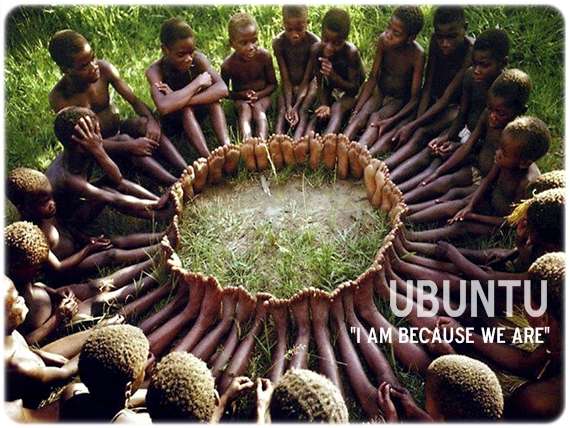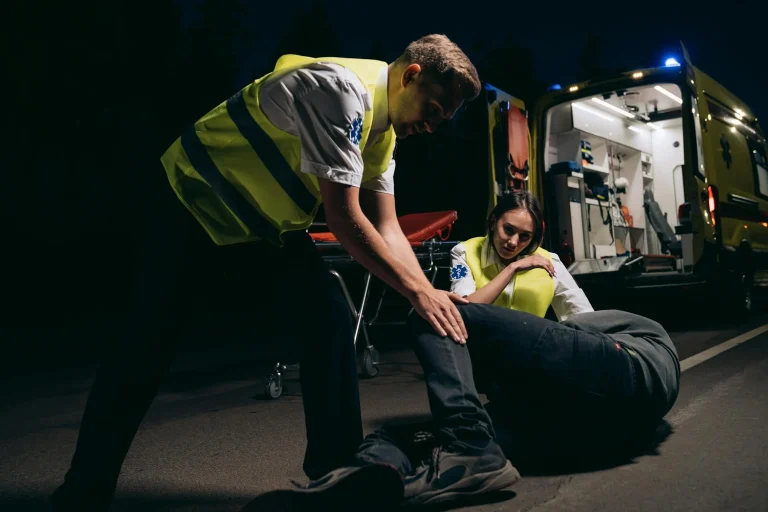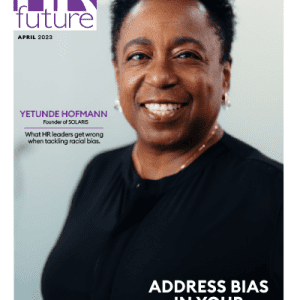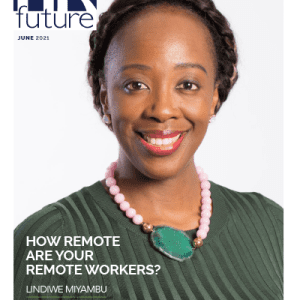Body language offers remarkable insights that can be used to improve organisational culture, employee motivation and so much more.
In the past, the idea of body language was dismissed. It was woo-woo. It wasn’t perceived as being real. It was hype to sell to the gullible. We now know that this could not be further from the truth. Research continues to prove that the ability to understand and decode body language is not only inherent, but also essential for stronger communication and relationships.
We now also know that that the words we use communicate a surprisingly low percentage of the message, with body language and tone making up the rest. Some non-verbal signs are easily read, others need to be learned, but ultimately an understanding of body language is vital for business and personal success.
There are some aspects of body language that people intuitively understand or identify. Nervous hand twitching, restless feet – the person is nervous or anxious. Open and expansive body language – the person is confident and comes across as strong. However, while you’re judging the body language of the people sitting around you, are you watching your own? What are your body signals saying about you and what emotion are they betraying?
Often, people don’t look at their own body language and forget to manage the messages that they are sending out. They also don’t realise that by manipulating their own body language movements or actions, can impact their own moods and reactions. Research has found that it doesn’t matter if a person laughs naturally or forces a laugh, in both cases the result is a change in demeanour and serotonin levels. The entire psychological reaction is identical whether real or fake.
Research has also shown that when people win at a race or in a sporting event, the most common body pose is arms outstretched. Even blind athletes adopt the same pose. It is the powerful Yes! of success. The arms outstretched make us look bigger and more powerful. Curled into a ball we are conveying fear or sorrow. Recognising these poses can fundamentally impact on how you engage at work or build an engaging corporate culture. Not sure how?
Let’s take another study. This one took 2,000 people into an interview situation. They were split into two groups before they were asked to take part in an extremely difficult interview process. The one group was told to stand in the power pose – hands on hips, legs askance and chest out for a few minutes, the other was not asked to do anything at all. The interviewers didn’t know which group did the power pose and which did not. The end result? The interviewers invariably went for the interviewees who had done the power pose. Holding the pose had changed their entire demeanour from negative to positive and communicative.
Success lies not only in recognising how another person’s body language impacts on your own conversations, but in how your body language does the same.
These non-verbal skills can be used to encourage and inspire employees, to manage different personality types and to streamline communication. By using the right stances, techniques and behaviours, individuals and organisations can shift the way they are perceived and create positive, collaborative and open relationships and workspaces.
Howard Feldman is an entrepreneur and the author of the books, Carry On Baggage – the story of a man who thought he travelled light, and Tightrope – Musings of Circus South Africa.

























